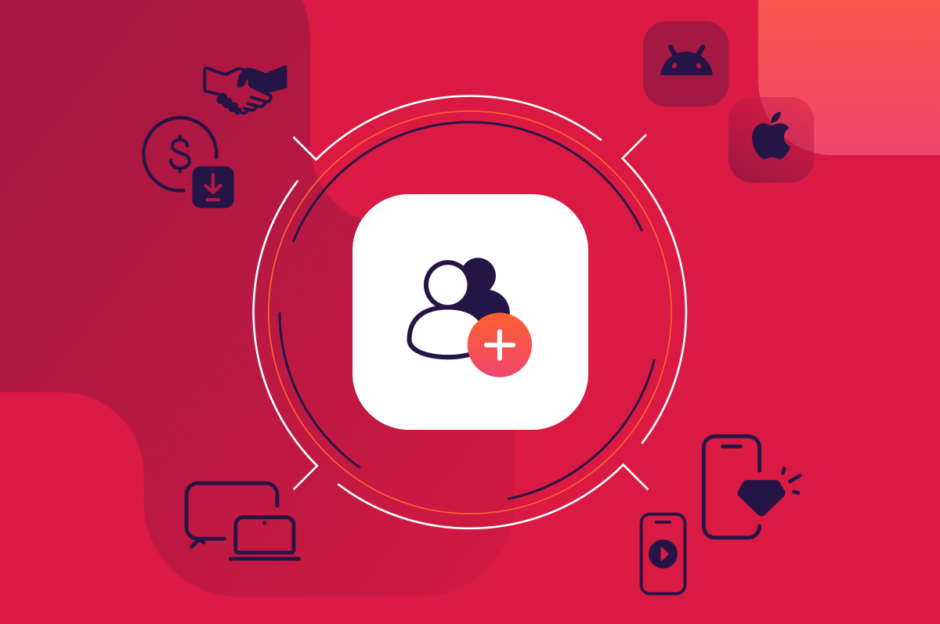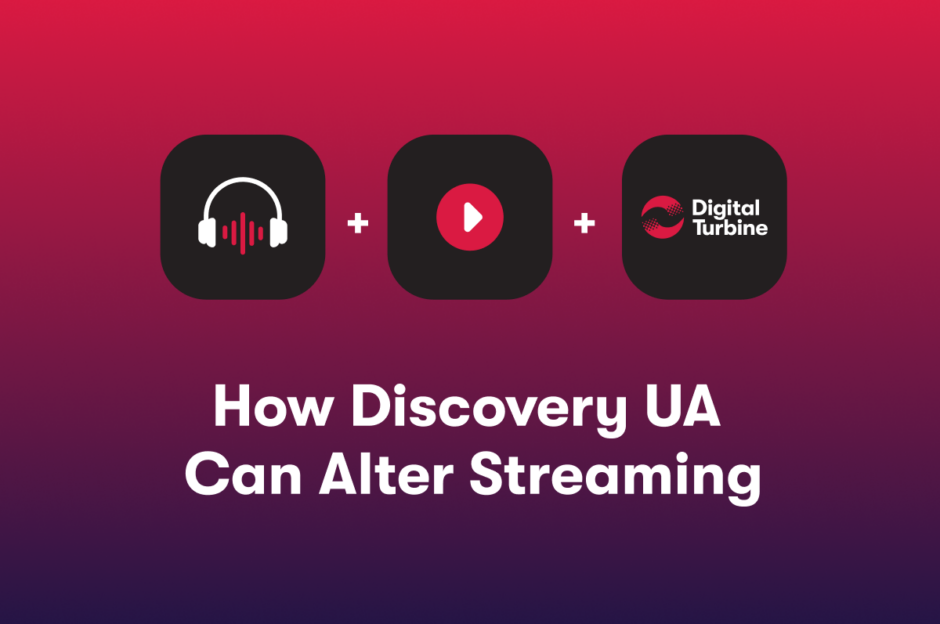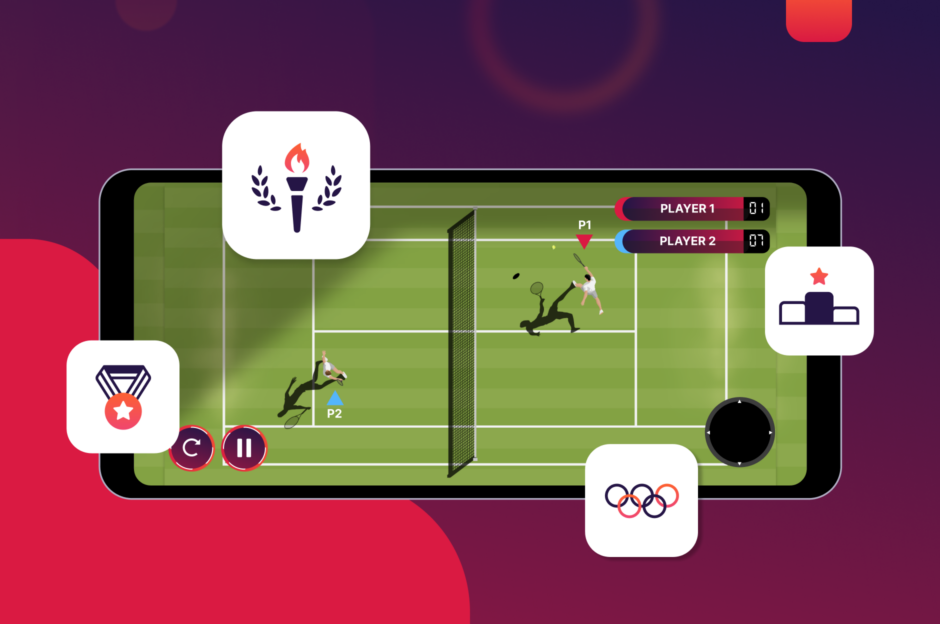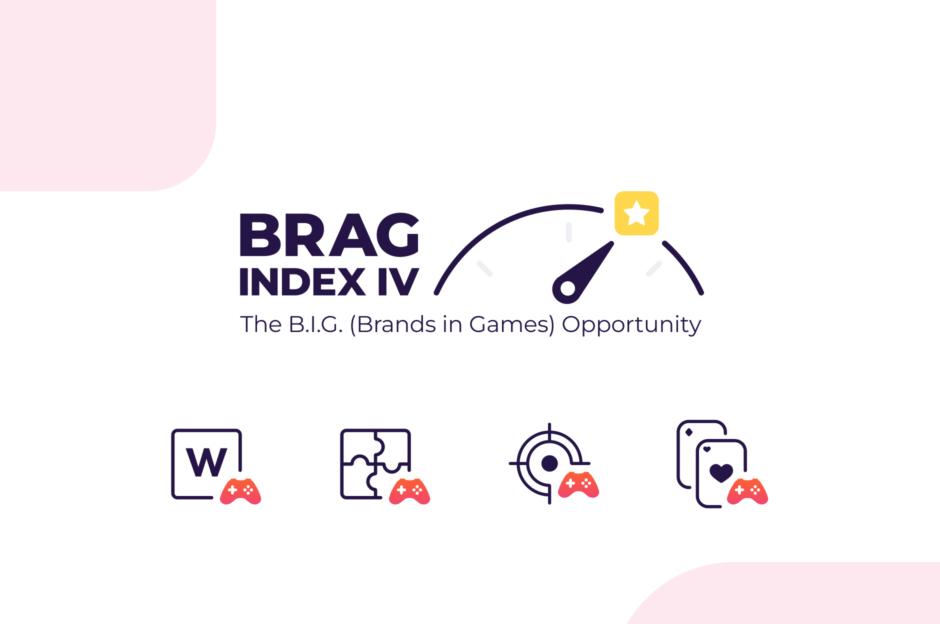Anatomy of App Discovery Part 3: All App Categories “Days to 25” Metric, Ranked
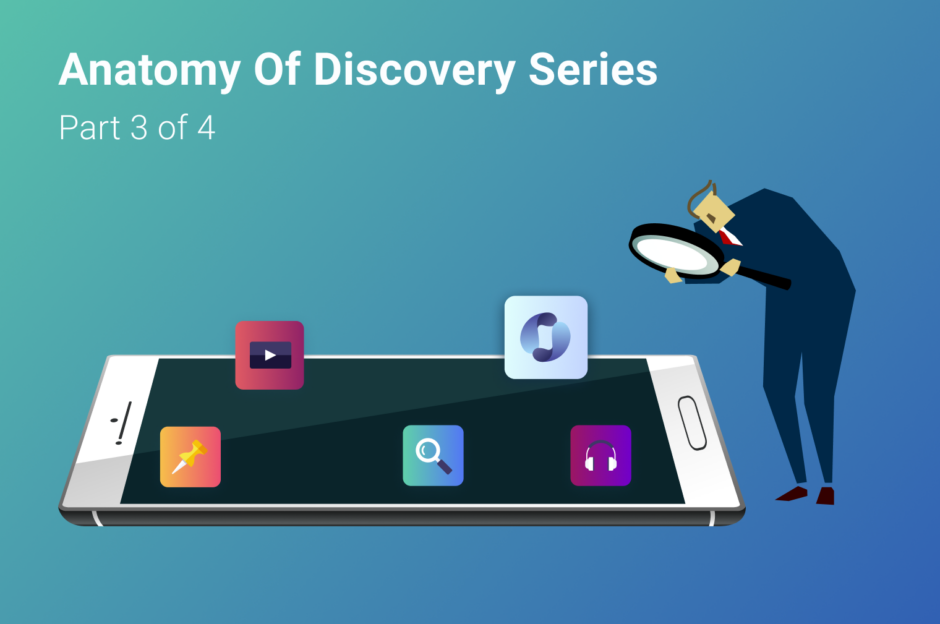
Mobile advertising tends to happen during moments when consumers are engaged in other activities — at a pause in a game, reading content, browsing a feed. But consumers also are discovering new apps outside those moments — during phone set-up, changing screens, or organizing apps. Our 4 part series talks about these “outside the app” discovery moments. Here is Part 3:
In Part 1 of our series, I described three Discovery Dimensions that can affect how fast “outside the app” discovery can occur:
- If the user is familiar with or curious about your Brand.
- If your app Icon is eye catching.
- If your app has Leisure-time appeal.
In Part 2, we revealed a metric called Days to 25 that measures how many days it takes for 25% of an app’s preinstalled volume to be opened and used. An app’s Days to 25 measure is the equivalent of a vehicle’s 0–60 time — while all apps get discovered (just like all cars will eventually get to 60 mph), some are discovered faster.
We also revealed that the “Fast Discovered” app categories (or those with a Days to 25 of less than 7) include Social, Media & VDO, and Music & Audio. These apps rank high across all Discovery Dimensions — they have a well-known Brand, an appealing icon, and high leisure-time appeal.
Beyond Fast Discovered, we break down the Days to 25 metric into 3 other cohorts: 30 or less, 60 or less, and More than 60. The 3 Discovery Dimensions listed above are what drive an app’s speed of discovery. A key thing to always keep in mind about “outside the app” discovery is even if an app is not opened or used in the first 7 days, the app icon serves as an ever-present brand-reinforcing reminder.
All that said, here’s a look at the other Days to 25 cohorts and the app categories that fall within each.
30 Days or less: “I’m ready to have some fun”
Discovery Dimension Rank: Mid Brand, High Icon, High Leisure-time
Gaming apps have a fast discovery window that hits right after 7 days. Gamers are always on the lookout for something new to fill their leisure time — which means an interesting looking game icon already on their phone is bound to be opened as soon as time allows. All genres of games fall in this level, but sim, puzzle, and casual games are slightly faster than others.
Another app category with high leisure time appeal are Communication apps — like WhatsApp or WeChat. Phones were at least initially intended to be communication devices, so it’s not surprising that these also will be used quickly by consumers.
60 Days or less: I have some time and I’m curious
Discovery Dimension Rank: High Brand, Mid Icon, Mid Leisure-time
Apps that fall into this window also can appeal to leisure-time, but also are meant to fulfill a specific desire or “itch” the user has. Categories that fall into this level are Shopping (Wish or Amazon) and News & Magazine (ESPN or CNN) apps. Once someone has the time to buy a certain product or read a topic they’ve been thinking about, they’ll open and use the app.
Other categories that have lower leisure time appeal but still fall into this level are Finance — like your bank or Venmo or Transportation — like Uber or Lyft. Typically these will be opened when someone has a need — and apparently consumers have a need for money or a taxi faster than they have a need for the products/services offered in the below categories.
60+ Days: I have a specific need
Discovery Dimension Rank: Mid Brand, Mid Icon, Low Leisure-time
The primary reason that these apps are slower to be opened and used by consumers is they have low leisure time appeal and fill a very specific, context-dependent need. For example, people don’t necessarily need a LifeStyle app, like Match or Fitbit, unless they start dating or working out respectively. Similarly, a Travel app (Kayak or Hopper) won’t be opened until someone wants to book a vacation.
A benefit for apps that have specific needs being on-device, even if it is for 60+ days, is that there is the increase in unaided brand awareness of people seeing your solution many times per day on their phone. It serves as a mobile billboard building brand equity and is quickly recalled when that specific need arises.
Understanding where your app falls in these windows is critical to evaluating the effectiveness of campaigns. In the final part of this series, we’ll discuss what people should do with this information and how they can use it to evaluate and optimize their user acquisition.
Sign-Up
straight to your inbox.


